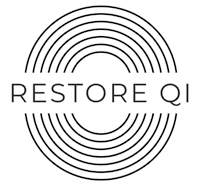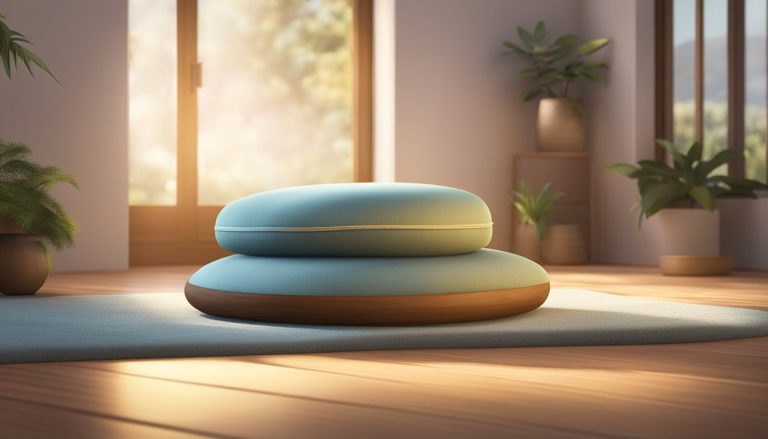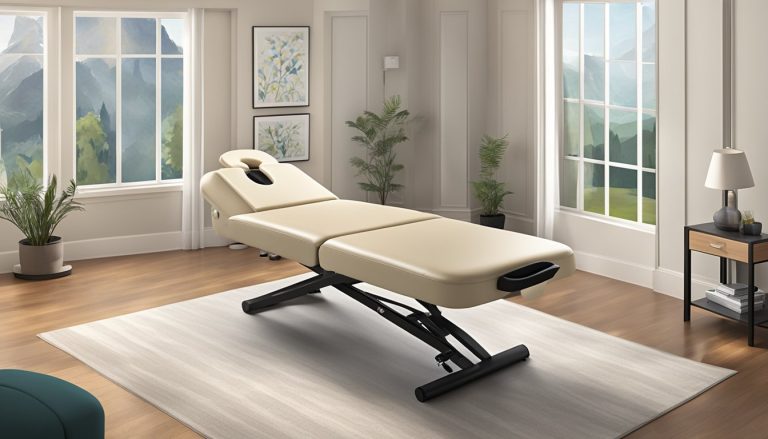Reiki Table vs Massage Table: Which One is Right for You?
As a massage therapist, I know how important it is to have the right equipment to provide the best possible experience for your clients. One of the most important pieces of equipment is the table itself. But with so many options out there, it can be difficult to know which one to choose.
In this article, I will explore the differences between reiki tables and massage tables to help you make an informed decision.
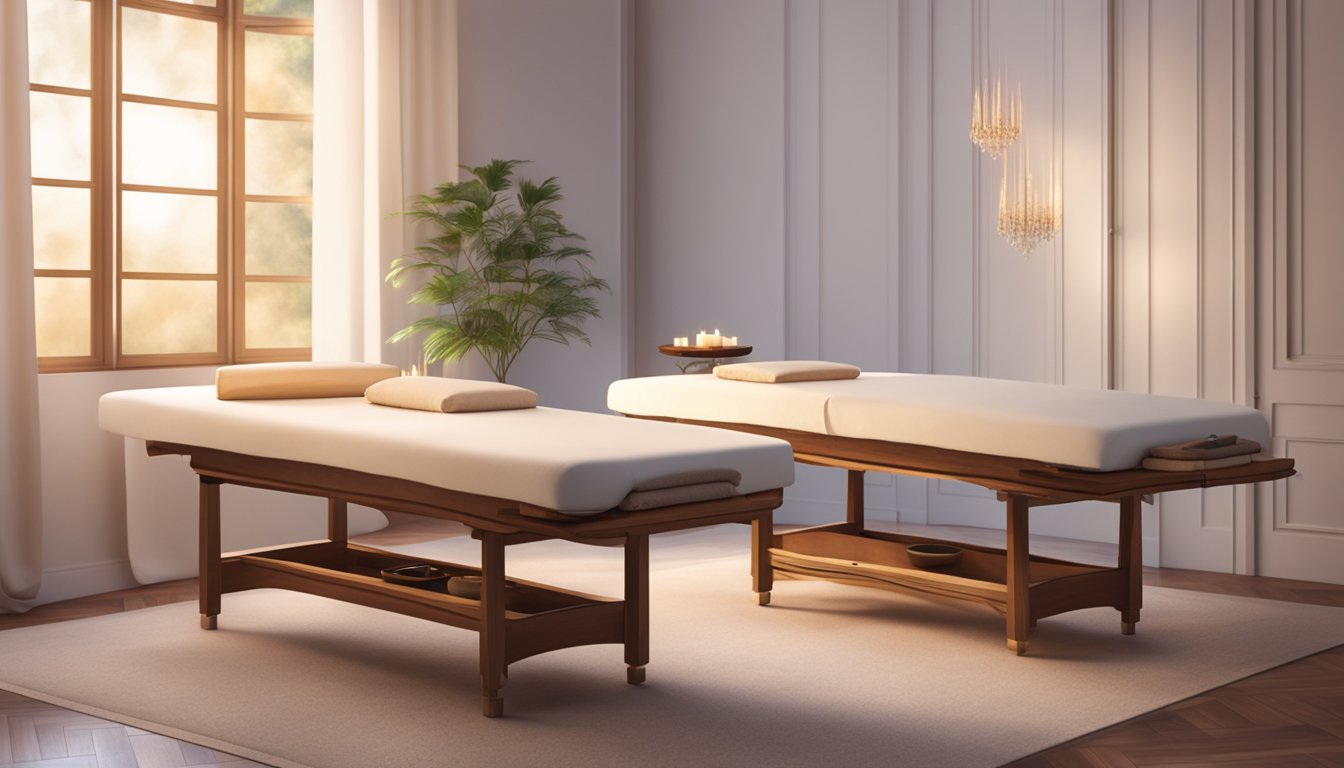
While both reiki and massage aim to promote relaxation and healing, the techniques and methodologies used are quite different.
A reiki table is designed specifically for the practice of reiki, which focuses on energy healing and balancing. Meanwhile, massage tables are designed for a variety of massage techniques that involve physical manipulation of the muscles and tissues.
The design differences between reiki and massage tables are subtle but significant.
Reiki tables typically have more padding and are wider than massage tables to provide more space for the practitioner to move around. They may also have special features like built-in heating elements or adjustable headrests to enhance the healing experience.
Massage tables, on the other hand, are designed to be adjustable and versatile to accommodate a range of techniques and body types.
Table of Contents
Design Differences Between Reiki and Massage Tables
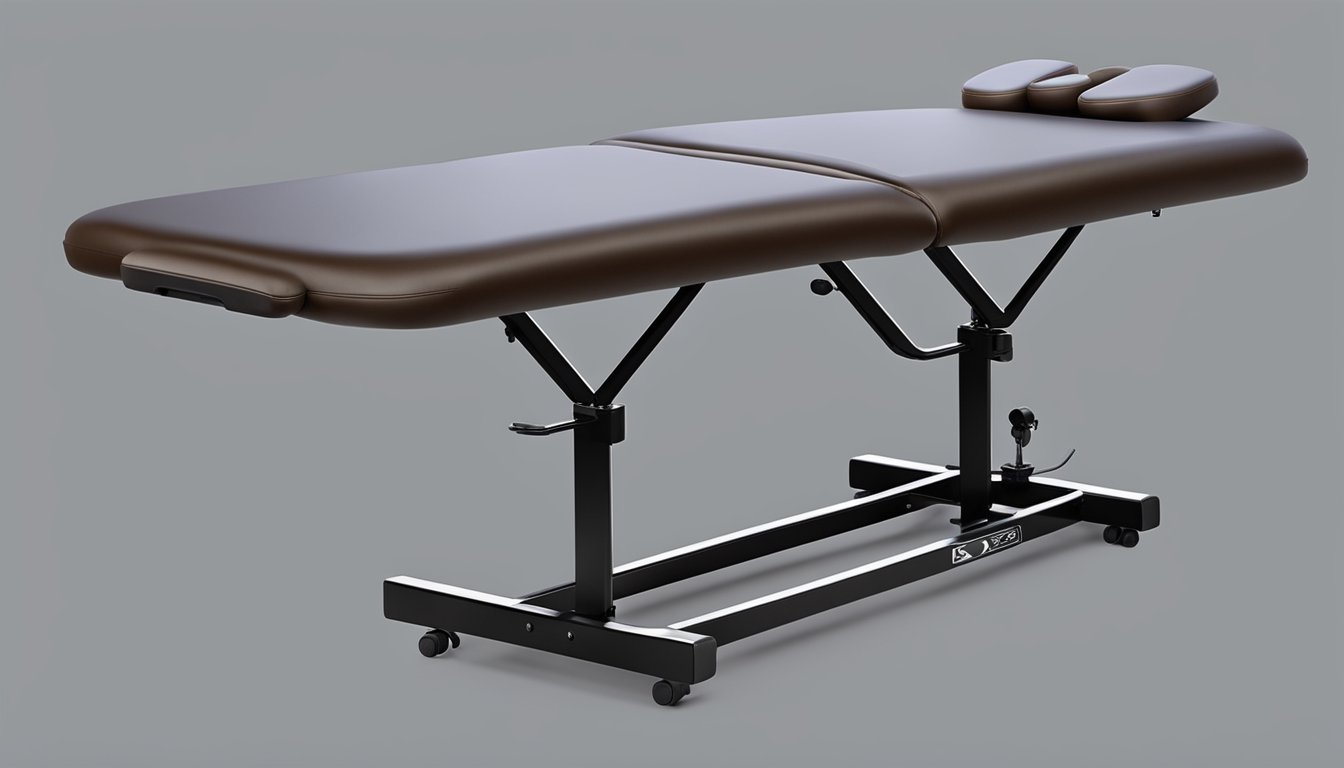
When it comes to Reiki and massage tables, there are several design differences that set them apart. In this section, I’ll discuss the table structure and materials, as well as adjustability and comfort features of both types of tables.
Table Structure and Materials
Reiki tables are typically smaller and lighter in weight than massage tables. They are designed to be portable and easy to move around, making them ideal for Reiki practitioners who need to travel to different locations.
These tables are often made with strong, sturdy materials such as hardwood or aluminum to withstand the demands of energy work. Some Reiki tables also come with knee panels or Reiki panels, which are removable sections that allow the practitioner to work on the client’s knees or other areas of the body.
Massage tables, on the other hand, are usually larger and heavier than Reiki tables. They are designed to accommodate clients of different sizes and shapes, and often come with adjustable headrests and other features to make the client more comfortable during the massage.
Massage tables can be made with wood or metal, and may also come with additional padding or cushioning for added comfort.
Adjustability and Comfort Features
Both Reiki and massage tables can be adjustable to some extent, but massage tables tend to have more adjustability features than Reiki tables.
For example, massage tables often come with adjustable headrests, armrests, and leg supports, which can be moved up or down to accommodate clients of different heights and sizes. Some massage tables also come with heating pads or other features to enhance the client’s comfort during the massage.
Reiki tables, on the other hand, are typically more basic in terms of adjustability. They may have adjustable legs or other simple features, but they are not designed to be as customizable as massage tables.
However, Reiki tables are often designed with comfort in mind, and may come with additional padding or cushioning to make the client more comfortable during the session.
Choosing the Right Table for Your Practice

As a practitioner, choosing the right table for your practice is essential. There are several factors to consider when selecting a table that will meet your needs and the needs of your clients. In this section, I will discuss two important factors to consider when choosing between a Reiki table and a massage table: evaluating quality and durability, and considering client comfort and safety.
Evaluating Quality and Durability
When purchasing a table, quality and durability should be a top priority.
The table should be sturdy and stable enough to support the weight of your clients, and it should be able to withstand the regular wear and tear of daily use. You should also look for a table that is made of high-quality materials that are easy to clean and maintain.
One brand that I recommend for high-quality tables is Earthlite. They offer a range of tables that are durable, stable, and made of high-quality materials. While they may be a bit more expensive than other brands, the investment is worth it in the long run.
Considering Client Comfort and Safety
Client comfort and safety are also important factors to consider when choosing a table.
The table should be comfortable for clients to lie on for extended periods of time, and it should be adjustable to accommodate different body types and sizes. Additionally, the table should be designed with safety in mind, with features like a sturdy frame and secure locking mechanisms.
When it comes to client comfort, a Reiki table may be a better option than a massage table. Reiki tables are designed to be more comfortable and relaxing for clients, with extra padding and a wider surface area. However, massage tables are still a great option and can be just as comfortable if you choose the right one.
Enhancing the Healing Experience

When it comes to healing sessions, the right equipment can make all the difference. In this section, I’ll discuss some of the ways you can enhance the healing experience for yourself and your clients with the right accessories and table features.
What Sort of Accessories and Add-ons Would I Need?
Whether you’re performing a Reiki session or a massage therapy, having the right accessories and add-ons can make a big difference in the overall healing experience. Here are some of the most popular accessories and add-ons to consider:
- Armrests: Armrests can help your clients relax by providing a comfortable place for their arms to rest during the session.
- Headrests: A comfortable headrest can help your clients relax and feel more comfortable during the session.
- Adjustable Headrest: An adjustable headrest can help you customize the table to fit your client’s needs.
- Reiki Stones: Reiki stones can help enhance the healing experience by promoting relaxation and reducing stress.
- Massage Table Warmer Pad: A table warmer pad can help keep your clients warm and comfortable during the session.
- Halo-Shaped Headrest: A halo-shaped headrest can help provide additional support for your client’s neck and head.
- Bolster Cushions: Bolster cushions can help provide extra support and comfort for your clients.
- Side Trays: Side trays can be used to hold essential oils, lotions, or other items you may need during the session.
- Adjustable Front Panel: An adjustable front panel can help you customize the table to fit your client’s needs.
Optimizing Table Features for Treatments
In addition to accessories and add-ons, table features can also play a big role in enhancing the healing experience. Here are some of the most important features to consider:
- Comfortable Padding: A table with comfortable padding can help your clients relax and feel more comfortable during the session.
- Adjustable Height: An adjustable height table can help you customize the table to fit your client’s needs.
- Sturdy Construction: A table with sturdy construction can help ensure your client’s safety and comfort during the session.
- Lightweight and Portable: A lightweight and portable table can be easier to transport and set up, making it ideal for on-the-go sessions.
- Easy to Clean: A table that is easy to clean can help ensure a hygienic and safe environment for your clients.
Practical Considerations for Professionals
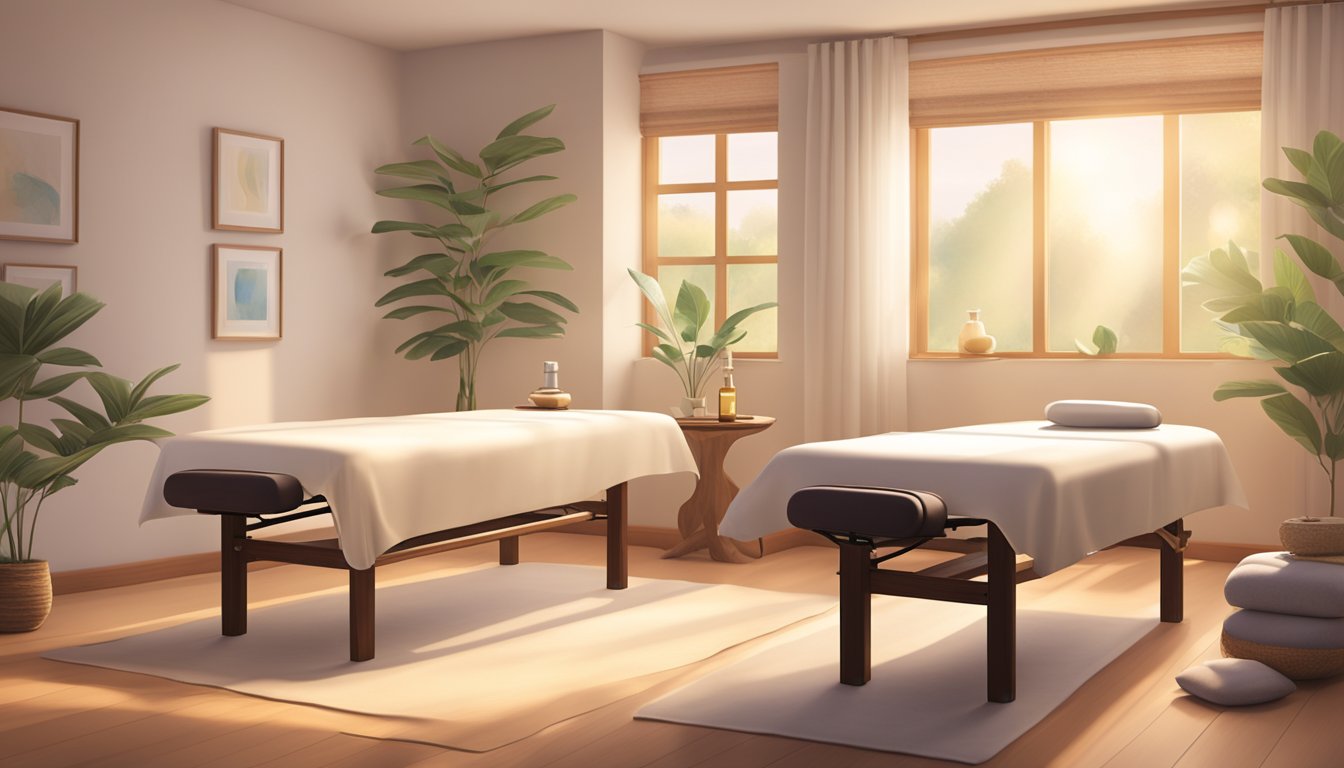
As a professional in the wellness industry, I understand the importance of selecting the right equipment for my practice. When it comes to choosing between a reiki table and a massage table, there are a few practical considerations to keep in mind.
Portability and Setup
If you’re a massage therapist or reiki master who travels to clients’ homes or office spaces, portability is a crucial factor to consider.
Portable reiki tables and massage tables are designed to be lightweight and easy to set up and take down. They often come with carrying cases for easy transport, making them ideal for practitioners who need to move their equipment frequently.
When selecting a portable table, consider the weight, dimensions, and ease of setup. Look for tables with cross braces for added stability and durability.
Maintenance and Longevity
Investing in a high-quality table is essential for ensuring the longevity of your equipment and the quality of your practice.
When choosing between a reiki table and a massage table, pay attention to the materials and construction of the table.
Massage tables are typically designed for heavy use and are built to withstand wear and tear. Look for tables with sturdy frames and durable upholstery that can withstand frequent use and cleaning.
Reiki tables are often designed with comfort in mind and may have softer padding and upholstery. While these tables may be more comfortable for clients, they may not be as durable as massage tables.
Regular maintenance is also crucial for ensuring the longevity of your table. Be sure to clean your table regularly and inspect it for any signs of wear and tear.
Investing in a high-quality table and taking care of it properly can improve your quality of life as a practitioner and ensure that your clients receive the best possible care.
Frequently Asked Questions
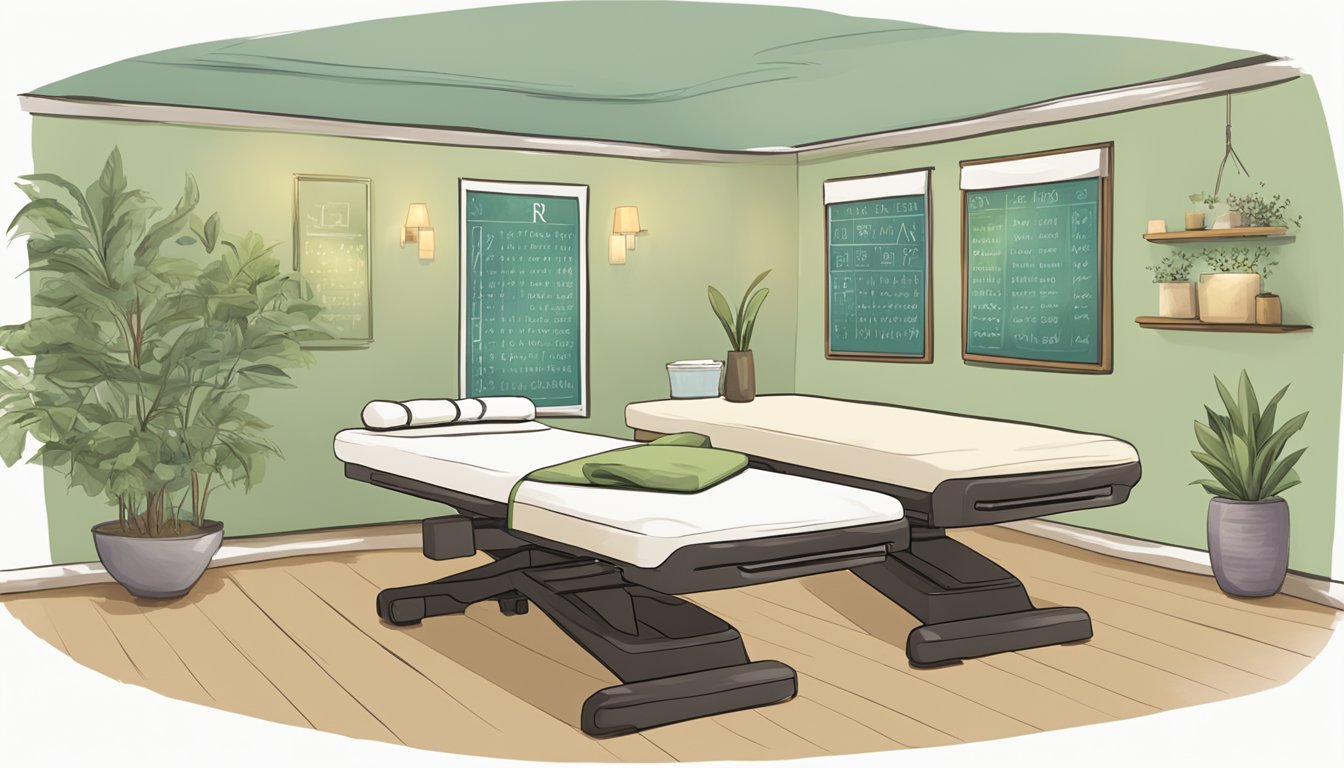
What are the key differences between a Reiki table and a traditional massage table?
The key differences between a Reiki table and a traditional massage table are the design and functionality. Reiki tables are designed to provide maximum comfort and relaxation to the client, while traditional massage tables are designed for the therapist to perform a range of massage techniques.
Reiki tables are wider and longer than traditional massage tables, and they also have a higher weight capacity to accommodate different body types. Additionally, Reiki tables often have a removable headrest and armrests to allow for different positioning during a session.
How does the cost of Reiki tables compare to standard massage tables?
Reiki tables tend to be more expensive than standard massage tables due to the added features and design elements. However, the cost of a Reiki table can vary based on the brand, materials used, and additional features.
It’s important to consider your budget and needs when choosing the best table for your practice.
What features should I look for when choosing the best Reiki table?
When choosing the best Reiki table, consider the width, length, and weight capacity to ensure maximum comfort for your clients.
Look for a table with high-density foam padding and durable, easy-to-clean upholstery. Additionally, consider whether you need a table with a removable headrest and armrests for different positioning during a session.
Can a Reiki table be used interchangeably with a massage table?
Yes, a Reiki table can be used interchangeably with a massage table. However, it’s important to note that Reiki tables are designed for maximum relaxation and comfort, while massage tables are designed for a range of massage techniques.
If you plan to use your table for both Reiki and massage, consider choosing a table with removable headrest and armrests for added versatility.
What are Reiki panels, and how do they enhance the functionality of a massage table?
Reiki panels are additional panels that can be added to a massage table to create a wider surface area for Reiki sessions. They are designed to enhance the functionality of a massage table by providing a wider and more comfortable surface area for clients during a Reiki session.
Are portable Reiki tables a good option for practitioners on the go?
Yes, portable Reiki tables are a great option for practitioners on the go. They are designed to be lightweight and easy to transport, making them ideal for practitioners who travel frequently or work in multiple locations.
When choosing a portable Reiki table, consider the weight, size, and durability to ensure it can withstand frequent use and transport.
